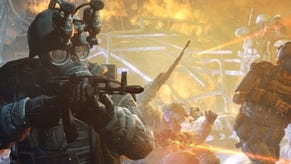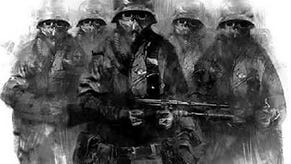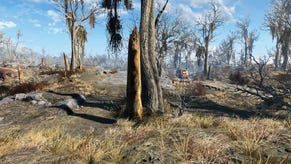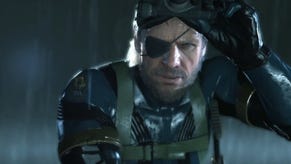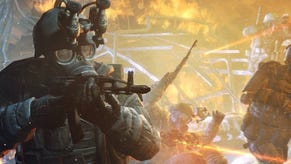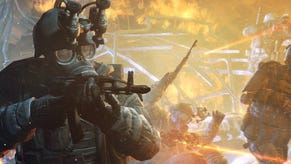Metro: Last Light
Down In The Tube Station At Midnight.
If it's true that art imitates life, we're glad that we don't live in Ukraine. Home to 4A Games, their debut title, Metro 2033, was an unremittingly bleak affair. Based on a novel by young Russian author, Dmitry Glukhovsky, it was set in a post-apocalyptic Moscow where a handful of survivors took refuge in the city's hermetically sealed underground system, a world noticeably bereft of primary colours, and largely short on laughs. Referencing its geographical origins is more than mere flippancy, however, as the Ukraine-based American producer of sequel Metro Last Light confirms.
"There's no way this game is made anywhere other than there," says executive producer Dean Sharpe, his haunted features at odds with his Robbie Savage perm. "Because Ukraine is a depressing fricking place. Ukraine is just as depressing as hell, especially in the winter. I now have a fake sun light I sit with for an hour every day just so I don't shoot myself."
It's a fascinating insight into the cultural aspect of videogame development, and one that is all the more jarring given that Metro Last Light receives its UK unveiling barely an hour after a run-through of the new Saints Row game, an absurdly cartoony affair developed in the US. They're quite literally a world apart.

If you didn't catch last year's alleged 'cult hit,' there's a hefty PC demo of Metro 2033 knocking about that should give you a pretty good idea of what to expect from both the original and this sequel, which carries on from where the last game left off. Glukhovsky did bash out a follow-up to his best-selling novel, logically enough called Metro 2034 (also the game's original working title) but it was deemed a more esoteric art-house affair not suitable for a videogame plot. As such, story duties have fallen to the lead designer, with the blessing of his mate Dmitry.
The story is that people are still stuck under the ground, shitting in a bucket and waiting to die, the entire course of their brief pointless existence barely taking them more than 500 yards from where they were born. War still rages between disparate political factions based at various tube stations, and there are still a lot of things that go bump in the night, namely mutants, or as Ukrainians perversely like to call them, anomalies. However, if we are to believe the gravel-throated narrator of the E3 demo we were privy to, there may be a glimmer of hope in the toxic wasteland of the upstairs world. The air is not yet pure enough to breath – fitting those clumsy helmets is still a necessity – but the ice has begun to melt and there are rumours of a glimpse of the sun and even a hint of blue sky. It's no Sonic Adventures, but it's something to cling to.

With the game being shown on PC, it is again a graphical tour de force. Metro 2033 was considered the benchmark for whether you needed a new graphics card, and that would again appear to be the case here, with the lead character's familiar lighter producing an eerily realistic flame. Darkness naturally plays a key role, and he is seen unscrewing a light bulb before slitting an enemy's throat. Given that the demo has to survive the maelstrom of E3, the stealth sections are largely overlooked though, and it's comprised of a pick 'n' mix of pre-alpha action sequences from various parts of the game, interspersed with lengthy cut scenes, spooky noises and a lot of shouting in Russian.

